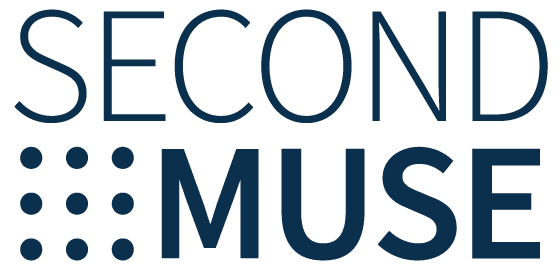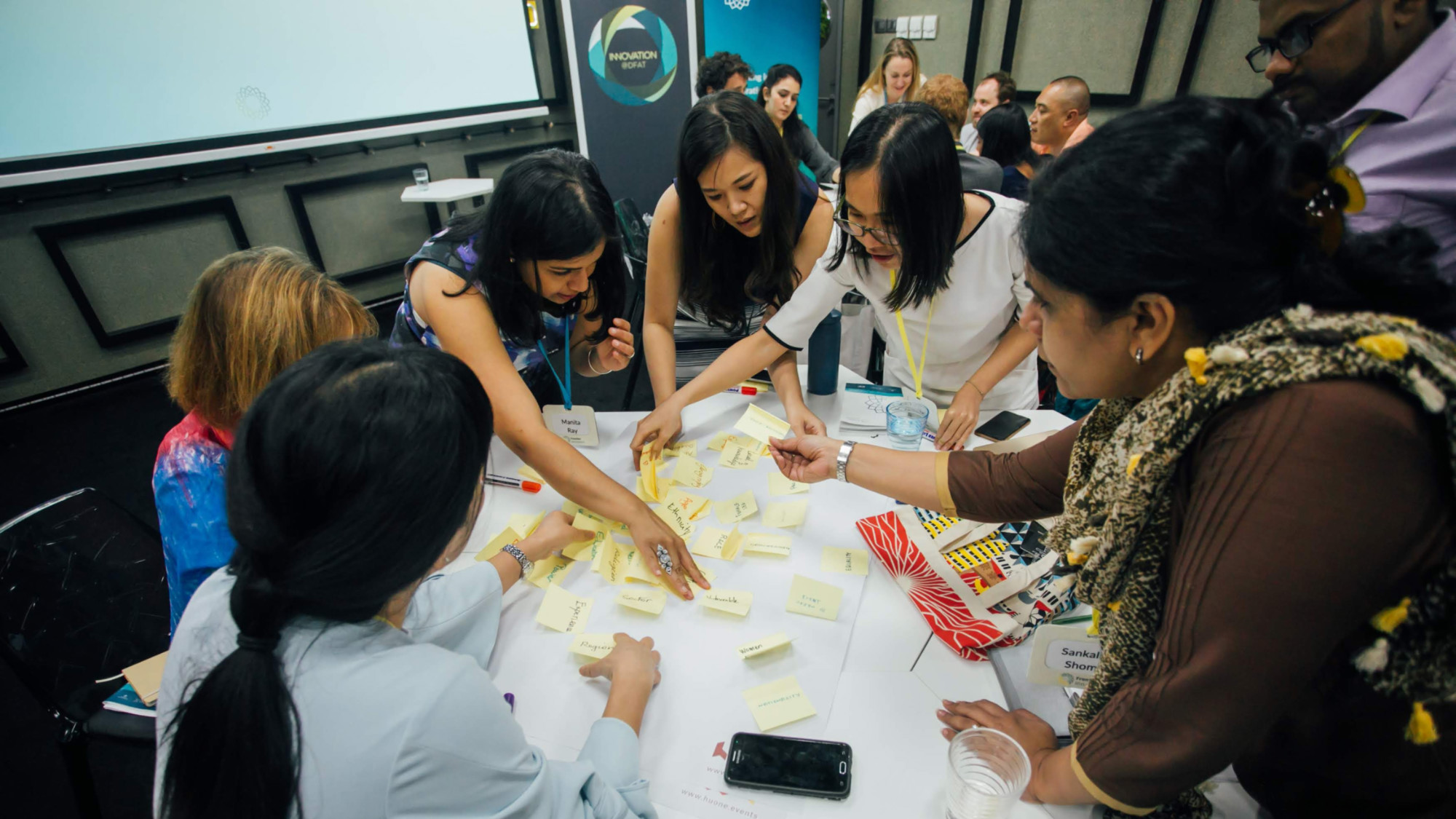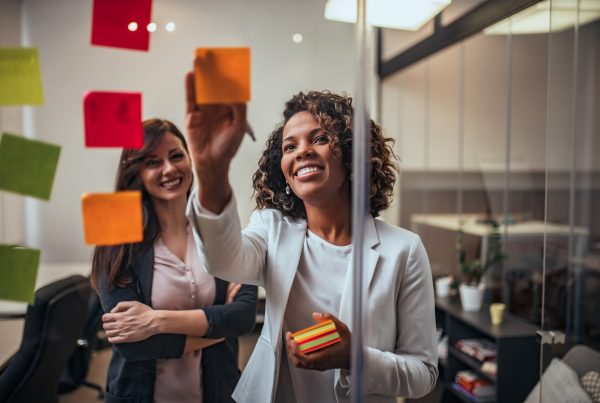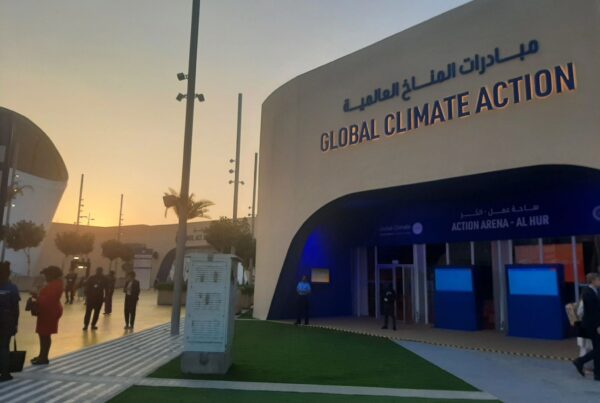A look under the hood at our approach to bringing people together.
The issues SecondMuse sets out to tackle are complex. Like curbing ocean plastic pollution, fostering gender equity in the male-dominated tech space, reshaping the digital ecosystem where youth are coming of age, or accelerating breakthrough technology to address climate change.
What we’re ultimately trying to do is change systems. Stubborn and complex systems that involve an expansive array of actors, from powerholders (like policymakers and big corporations) to innovative changemakers working to improve the world. To do this, we have honed our approach to bringing this expansive array of actors together in a way that fosters the human-centered relationships that underlie meaningful change — an art and science that involves far more than making the right introductions.
Our approach to collaboration begins with an awareness that any decision we make, beginning with who we bring together and how we do so, could inadvertently reinforce the exact systems we seek to change. We are therefore reflective and intentional about every step of our process and strive to eliminate barriers that could inadvertently limit key voices from contributing to the co-design of our activities.
Whether we’re working to make food systems more just, climate tech more inclusive, or digital spaces more beneficial to young people, we strive to engage the melting pot of actors involved in any given ecosystem, identify mutual interests and needs, and develop the shared understanding required to initiate positive change. We do all of this with a sharp focus on three important pillars: Human centeredness, system awareness, and relational wealth.
- Human-Centeredness: We use human-centered design practices to build programs, processes and experiences around the humans most directly impacted by and engaged in our work. These practices are always evolving based on what we learn along the way, but ultimately strive to honor and amplify the diversity of experiences within a given system, and ensure that those experiences inform our decisions and program design.
- System-Awareness: Before people and organizations can meaningfully collaborate, we believe they must be aware of their relationship to the broader system in which they exist. So we work with the people and organizations we bring together to figure out where the power lies in a given system and whether that system might benefit from a power shift.
- Relational Wealth: We believe that all problems, at their core, are relational and can be addressed by improving relationships between people, organizations, and the larger systems in which they exist. So we focus on building relational capacities — the building blocks that enable humans to connect with one another, such as trust, understanding, the capacity to engage with others, and the ability to change one’s mind. By strengthening these capacities, we strive to foster relational wealth, the network of healthy relationships that enable actors within a system to thrive.
With these pillars in mind, we consider their practical implications, such as how to bring participants together in a meaningful way without tokenizing or perpetuating power imbalances. When choosing the format, our primary goal is to remove barriers to participation and share power as much as possible. When we are convening people virtually, across time zones, we are intentional about the time we schedule events. We are similarly intentional about the tools and technology we use to bring people together. We ask ourselves: is this technology accessible to all of the participants? Is it something they are comfortable with and able to use?
Our Ocean Plastic Prevention Accelerator, for example, has had great success using a WhatsApp group and complementary lunch networking sessions to connect waste management stakeholders in Indonesia to one another. What initially began as a small network in a single city has grown in three years to include more than 135 participants across the country, including government officials, academics, and corporate representatives. Space Apps, meanwhile, hosts collaborative calls for its global community of event organizers in more than 400 cities around the world via Zoom with live captions enabled, so all participants can contribute, listen and understand in real-time.
With the right people, time, and technology in place, we then get down to collaboration. What that looks like varies widely across SecondMuse, but fundamentally comes down to removing barriers, fostering connections between people who may have very different experiences and outlooks on the world, and then finding and co-designing a path to a better and more just future for all.

